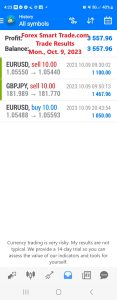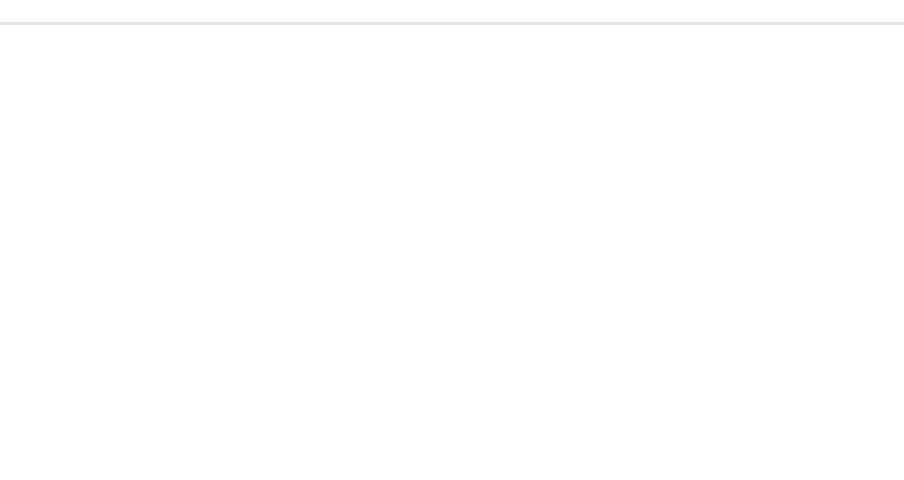As an Elliott Wave trader, you will be spotting “wave counts.”
This means that you will be labeling the waves to see how they conform to the Elliott Wave pattern, to try and anticipate future price movement.
In this section, we will look at some setups and apply our knowledge of Elliott Wave to determine entry, stop loss, and exit points. Surfs up!
Hypothetical, will-most-probably-be-right scenario #1:
Let’s say you wanted to begin your wave count. You see that price seems to have bottomed out and has begun a new move upwards.
Using your knowledge of Elliott Wave, you label this move up as Wave 1 and the retracement as Wave 2.
In order to find a good entry point, you need to find out which of the three cardinal rules and guidelines you could apply.
Here’s what you found out:
- Rule Number #2: Wave 2 can NEVER go beyond the start of Wave 1
- Waves 2 and 4 frequently bounce off Fibonacci retracement levels
So, using your superior Elliott Wave trading skills, you decide to pop the Fibonacci tool to see if the price is at a Fib level. Holy mama!
Price is just chillin’ like ice cream fillin’ around the 50% level. Hmm, this could be the start of Wave 3, which is a very strong buy signal.
Since you’re a smart forex trader, you also take your stop into consideration.
Cardinal rule number 2 states that Wave 2 can never go beyond the start of Wave 1 so you set your stop below the former lows.
If the price retraces more than 100% of Wave 1, then your wave count is wrong.
Let’s see what happens next…
Your Elliott Wave analysis paid off and you caught a huge upward move!








